Have you ever wondered why cats seem to glide through chaos with grace, while dogs often mirror our anxieties? The contrast is startling: a cat will often curl up for a nap even as the world tumbles around it, while a dog might pace, whine, or hide at the slightest upset. This isn’t just a quirky difference in personality—it’s a fascinating insight into how cats and dogs respond to stress, especially in homes where tension runs high. Let’s uncover the subtle secrets behind why cats are often the champions of emotional balance, even in the most stressful households.
Innate Independence Sets Cats Apart

Cats have a reputation for being independent, and this trait is more than just a stereotype. Unlike dogs, who have evolved to rely heavily on their human companions for reassurance, cats are natural self-soothers. This independent streak helps them maintain a sense of control when the environment around them becomes unpredictable. In stressful homes, this self-reliance acts as a shield, protecting them from the emotional ups and downs of the humans they live with. Instead of seeking constant validation, cats often find comfort in their own company. This ability to self-regulate emotions is one of the reasons cats are less likely to become anxious or unsettled in tense environments. Their independence is not a sign of aloofness, but rather an emotional advantage.
Sensitivity Without Overreaction

Cats are incredibly sensitive to their environment, but they rarely get overwhelmed by it. While they notice subtle changes—like a raised voice or a new visitor—they process these cues calmly. Dogs, on the other hand, are prone to react quickly and strongly, sometimes escalating the overall stress in the home. Cats, with their watchful eyes and poised bodies, observe rather than immediately respond. This ability to process their surroundings quietly allows them to adapt better to stressful situations. They don’t let every little disturbance rattle them, making them seem almost Zen-like compared to their canine counterparts. This quiet strength is a key part of what makes cats emotionally balanced.
Lower Emotional Dependency on Owners

One striking difference between cats and dogs is how much emotional support they demand from their owners. Dogs often look to their humans for cues on how to feel and react. In stressful homes, this can create a feedback loop of anxiety—when the owner is stressed, the dog becomes stressed, which in turn can stress the owner even more. Cats, however, maintain a healthy emotional distance. They may enjoy affection and companionship, but they don’t need constant reassurance. This lower emotional dependency means they are less likely to be swept up in the emotional storms that can rage in some households. Cats can be a soothing presence, quietly offering comfort without demanding it in return.
Adaptive Coping Mechanisms
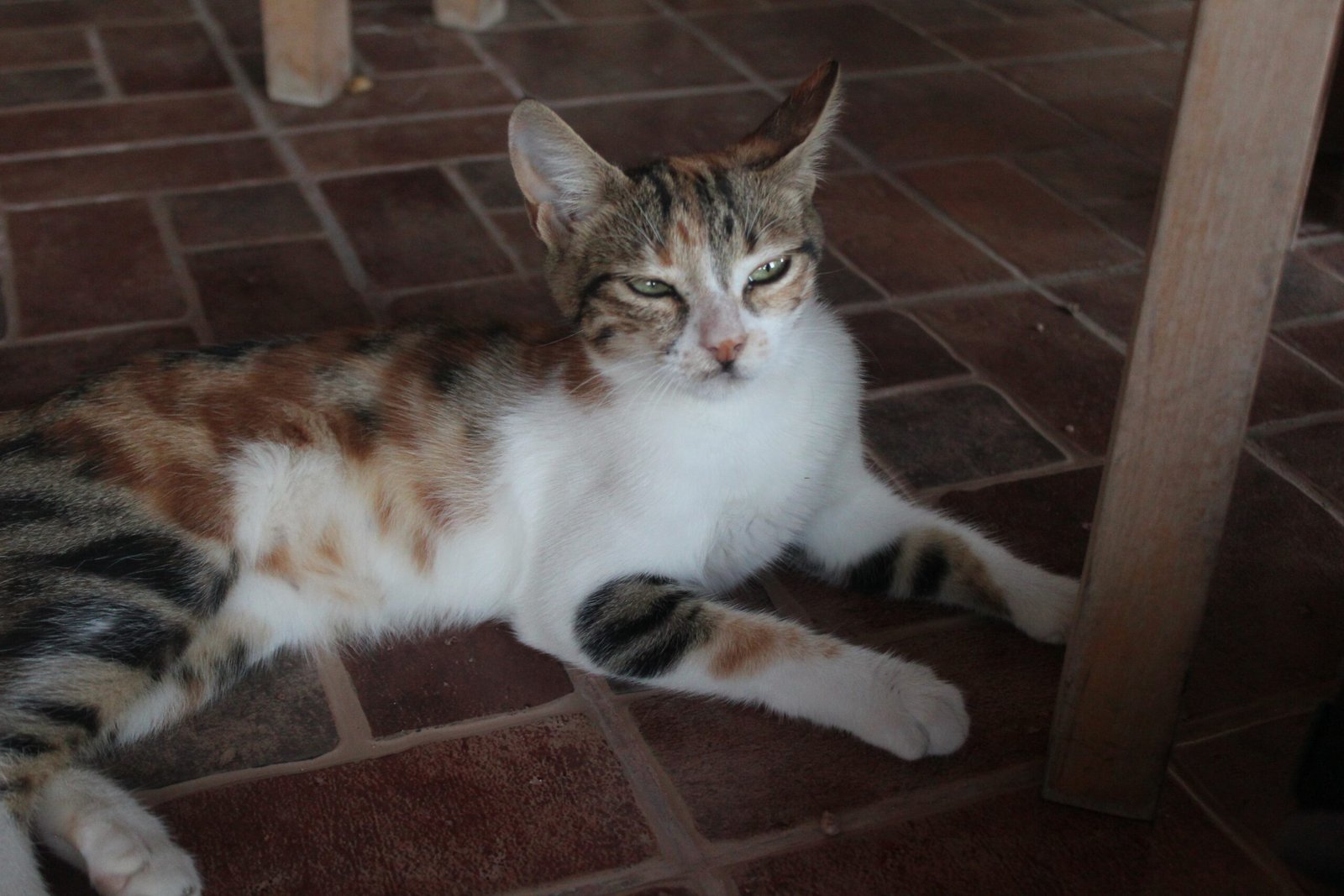
Cats are masters of coping. When faced with stress, they have a variety of subtle tactics to calm themselves. They might retreat to a quiet corner, groom themselves, or simply observe from a high perch. These behaviors aren’t just random quirks—they’re effective ways for cats to maintain their emotional equilibrium. In contrast, dogs may exhibit more obvious signs of distress, such as barking, destructive behavior, or even aggression. Cats’ adaptive coping mechanisms allow them to weather stressful situations with minimal disruption to their emotional well-being. Their ability to self-soothe is a remarkable asset in unpredictable homes.
Flexible Social Boundaries
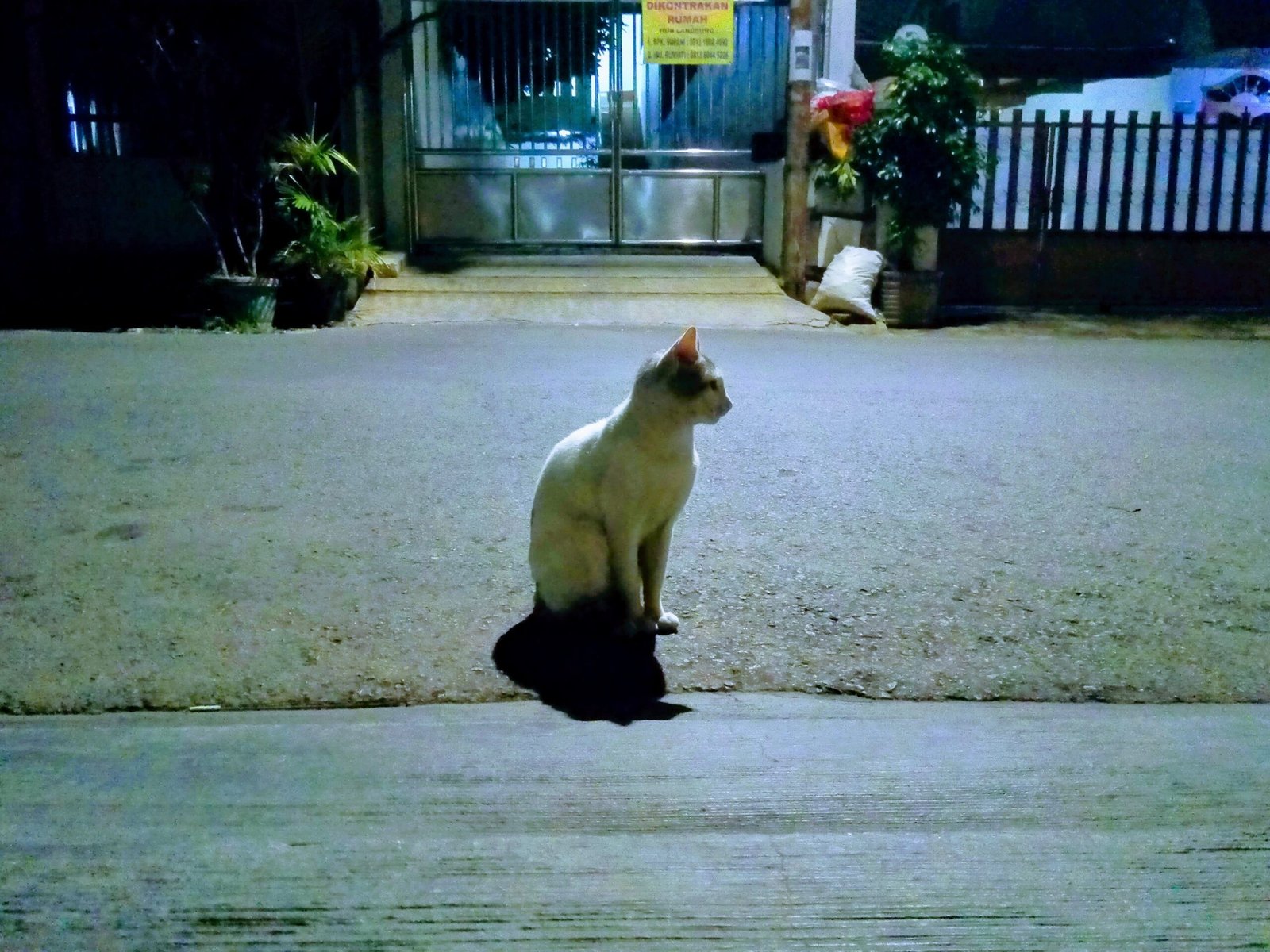
One of the reasons cats thrive in stressful homes is their flexible approach to social interaction. Cats are perfectly happy to engage when they feel like it, but they’re equally content to withdraw and spend time alone. This flexibility means they aren’t forced into uncomfortable social situations, which can be a source of stress for dogs who feel compelled to be involved at all times. By setting their own boundaries, cats protect their emotional space. This selective socializing keeps them from becoming overwhelmed, helping them remain balanced even when the household is in turmoil.
Ability to Find Safe Spaces

Cats have an uncanny ability to seek out safe, quiet spaces when things get overwhelming. Whether it’s a cozy box, a high shelf, or under the bed, cats know where to go to escape the chaos. This instinct to find a sanctuary is a key reason they remain emotionally balanced in stressful homes. While dogs may panic or cling to their owners, cats take proactive steps to protect their well-being. These hidden retreats serve as emotional “reset buttons,” allowing cats to recharge and return to the world at their own pace. Their knack for self-preservation is impressive.
Less Prone to Mirror Human Anxiety

Dogs are well-known for mirroring their owners’ emotions. If you come home after a bad day, your dog will likely pick up on your mood and become anxious or subdued. Cats, however, have a buffer between themselves and their humans’ emotional states. While they certainly notice when something is wrong, they don’t internalize it in the same way. This emotional separation keeps them from being swept away by the household mood. It’s almost as if they have an invisible shield that protects their peace of mind, no matter what’s happening around them.
Natural Stress Relievers: Grooming and Play

When life gets tough, cats have built-in stress relief strategies. Grooming is more than just a way to stay clean—it’s a soothing ritual that helps cats calm themselves. Watching a cat meticulously clean its fur is like witnessing a meditation session in progress. Play is another outlet; a burst of energy chasing a toy mouse can help a cat shake off tension. These natural coping behaviors are highly effective at keeping stress levels in check. Unlike dogs, who may become destructive or vocal, cats quietly work through their emotions in ways that restore their balance.
Less Impacted by Household Schedules
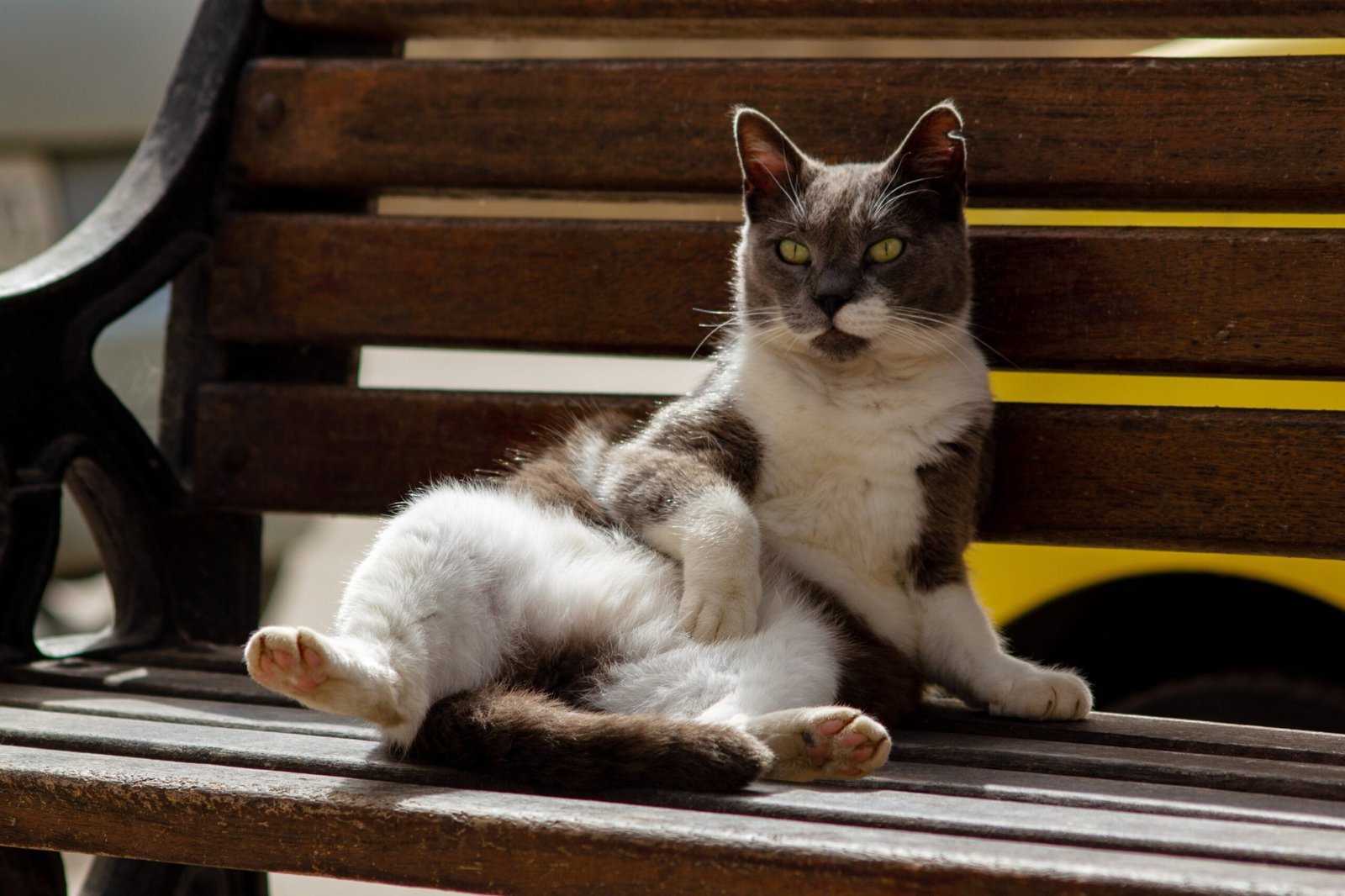
Cats are famously adaptable to changes in routine. While dogs may become anxious if mealtimes or walks are late, cats tend to roll with the punches. They can nap, play, or find food on their own schedule, making them less vulnerable to the stress that comes from disrupted routines. In hectic homes where schedules are unpredictable, cats are less likely to be thrown off balance. Their flexible approach to daily life is a valuable asset in managing stress.
Quiet Communication Styles
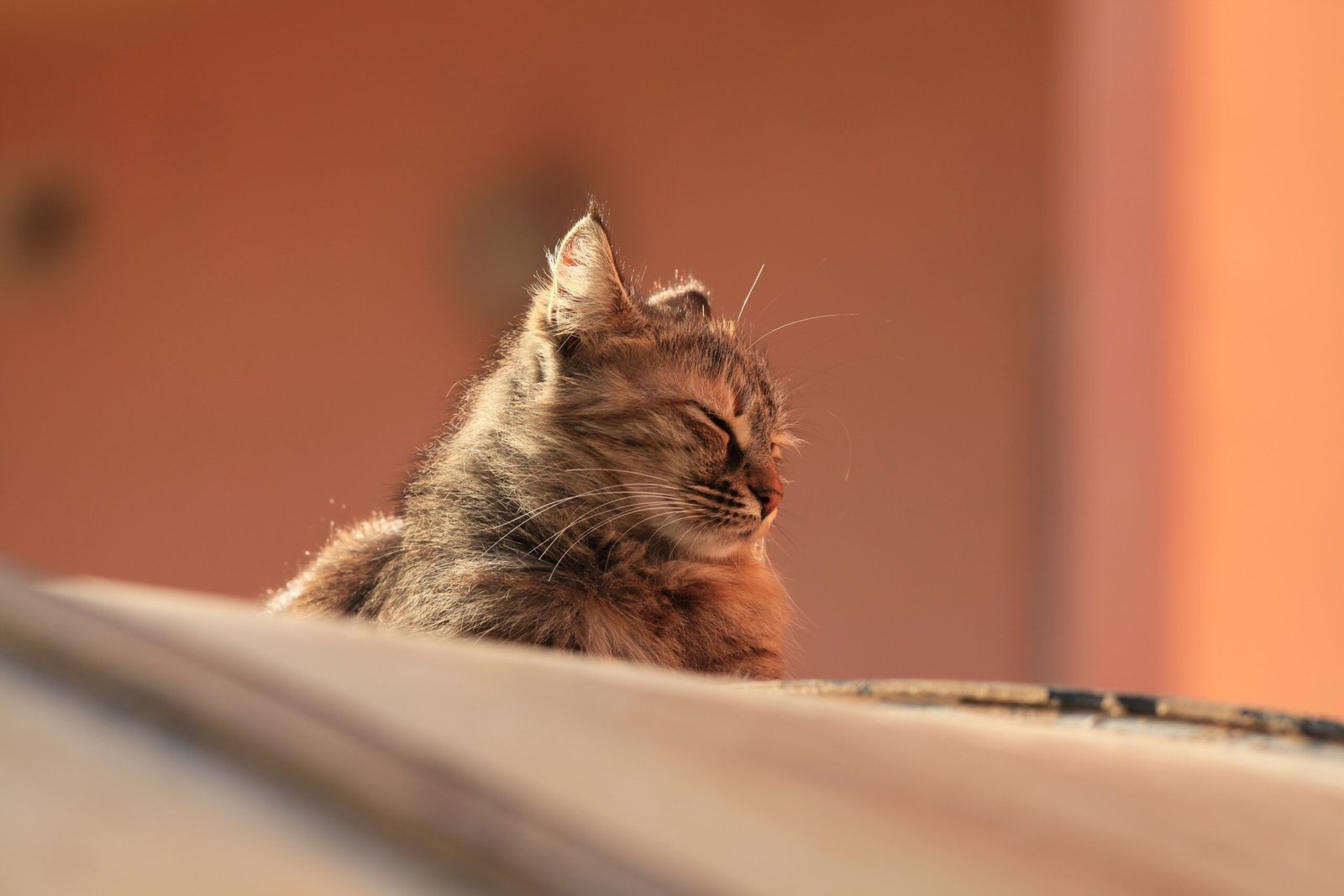
Cats communicate in subtle ways. A twitch of the tail, a slow blink, or a gentle purr can speak volumes. This quiet communication helps maintain harmony in stressful environments. Dogs, in contrast, are often louder and more demanding when they need attention or reassurance. The understated way cats express themselves keeps the emotional temperature of the home from rising unnecessarily. By avoiding dramatic displays, cats help keep the peace, even when emotions run high.
Self-Regulation and Emotional Control

One of the most fascinating things about cats is their ability to self-regulate their emotions. When faced with a stressful situation, they often pause, assess, and choose the best course of action. This thoughtful approach prevents them from becoming overwhelmed. Dogs, by comparison, can be more impulsive, reacting immediately to stress without thinking it through. Cats’ emotional control is a powerful tool that helps them remain calm and collected, even when life gets chaotic.
Resilience to Environmental Changes

Cats are surprisingly resilient when it comes to changes in their environment. Whether it’s moving to a new home, welcoming a new family member, or dealing with loud noises, cats tend to adjust more quickly than dogs. Their resilience comes from a combination of curiosity and caution—they explore new situations at their own pace, without rushing or panicking. This measured approach allows them to adapt without becoming emotionally unsettled. Their ability to bounce back from change is one of the reasons they stay balanced in stressful homes.
Lower Susceptibility to Separation Anxiety

While some cats do experience separation anxiety, it’s far less common and less severe than in dogs. Dogs, with their pack mentality, often become distressed when left alone. Cats, on the other hand, are more accustomed to spending time by themselves. They entertain themselves, nap, or explore, rarely becoming agitated by their owner’s absence. This independence protects them from the emotional turmoil that can come from being left alone in a stressful environment.
Minimal Need for External Validation

Dogs often need constant praise and validation from their owners to feel secure. Cats, however, march to the beat of their own drum. They don’t need to be told they’re good or loved every minute of the day. Instead, they know their worth and are content with their own sense of identity. This self-assurance means they aren’t as easily shaken by stress or negativity in the home. Their confidence is a remarkable buffer against emotional instability.
Silent Observers of Human Behavior

Cats are keen observers, always watching from the sidelines. They notice everything, from the smallest gestures to the biggest blow-ups, but they rarely intervene. This observational nature helps them stay emotionally detached from the drama around them. While dogs may jump in to comfort or protect, cats prefer to watch and learn. Their ability to observe without absorbing stress is a key reason they remain balanced in even the most turbulent households.
Ability to Find Joy in Solitude

Cats genuinely enjoy their own company. Solitude isn’t loneliness for them—it’s an opportunity for peace and reflection. In stressful homes, this trait is a tremendous advantage. While dogs may become distressed when left alone, cats see it as a chance to recharge. Their contentment in solitude means they aren’t dependent on the emotional state of the household for their own happiness. This inner tranquility helps them stay calm no matter what.
Unique Relationship with Routine
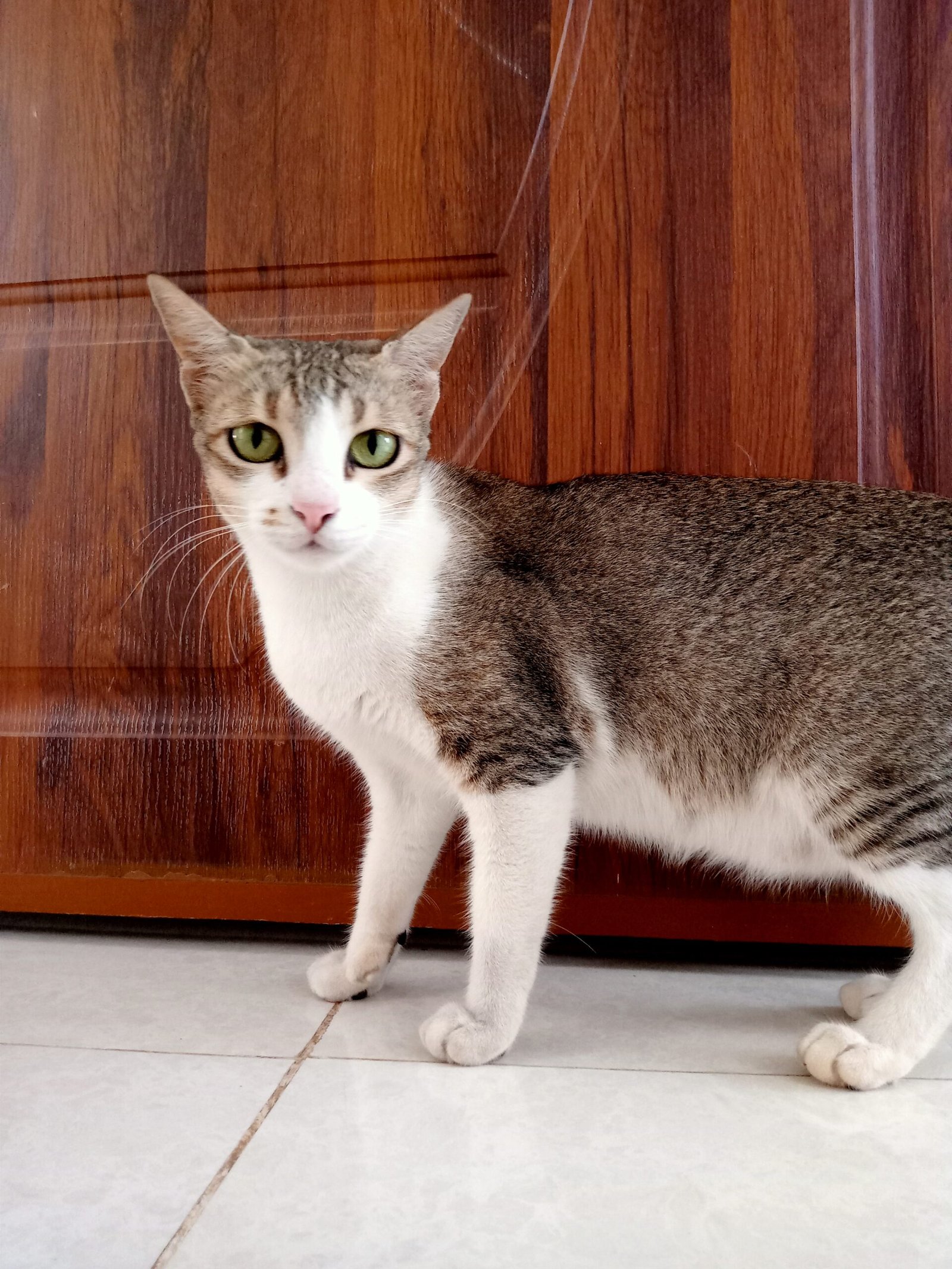
Routine is important to cats, but they aren’t slaves to it. They appreciate regularity, but if things change, they adapt without much fuss. Dogs, on the other hand, can become unsettled when routines are disrupted. Cats’ balanced relationship with routine means they can handle the unpredictability of a stressful home without losing their composure. Their adaptability is key to their emotional stability.
Natural Curiosity as a Coping Tool

Cats are curious by nature, and this curiosity helps them cope with stress. When faced with something new or unsettling, a cat is more likely to explore than to hide. This inquisitiveness turns potential threats into opportunities to learn and adapt. Instead of being paralyzed by fear or anxiety, cats use curiosity as a tool to navigate stress. Their playful approach to life helps them stay positive and balanced.
Unwavering Personal Space Boundaries

Cats are experts at enforcing their personal space. They aren’t afraid to walk away or hide when they need a break. This respect for their own boundaries keeps them from becoming overwhelmed by the emotional demands of others. Dogs, eager to please, may ignore their own needs in favor of their owners. Cats, however, put their well-being first, which is crucial in maintaining emotional balance in a stressful environment.
Instinctual Connection to Calm Environments

Even in the busiest, most stressful homes, cats manage to carve out little pockets of calm. Whether it’s a sunny windowsill or a quiet closet, they instinctively seek out places where they can relax and decompress. This connection to calm helps them reset and avoid being swept up in the chaos. Their ability to find peace in any situation is a testament to their emotional resilience.
Less Likely to Escalate Household Tension
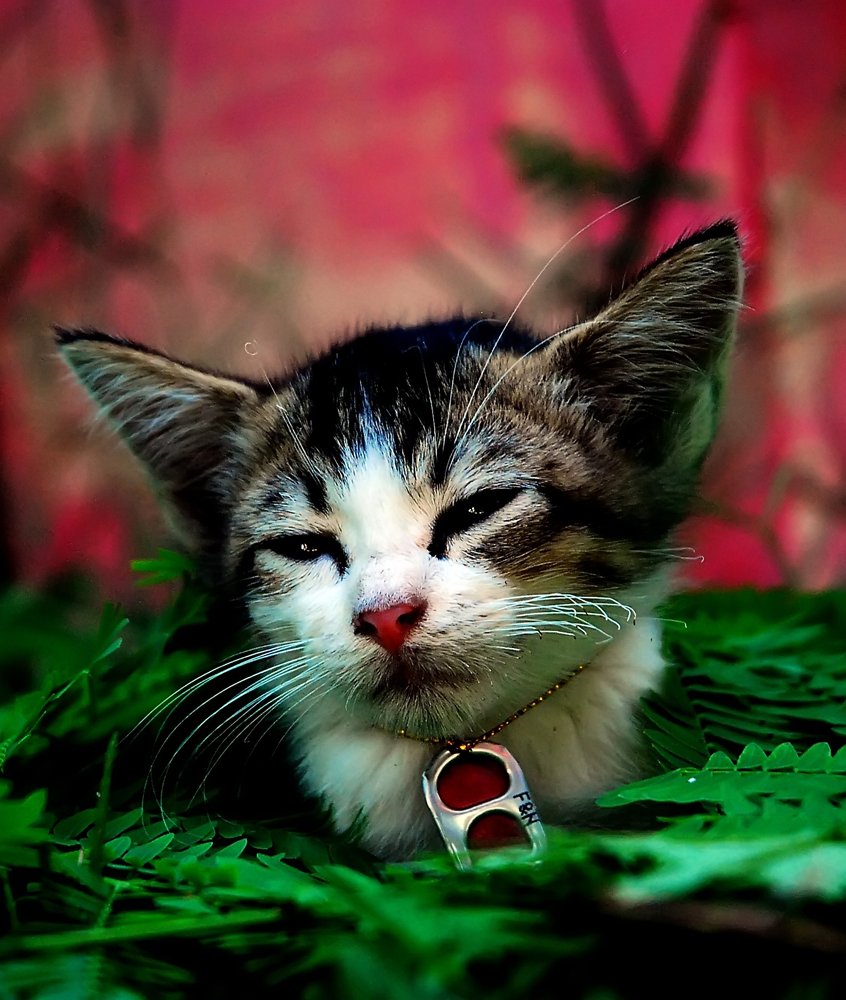
Finally, cats rarely contribute to the overall stress in a home. They don’t bark, whine, or demand attention when things get tense. Instead, they offer a steady, calming presence. Their quiet companionship can be a source of comfort, helping to ease tension rather than add to it. In this way, cats often act as emotional anchors, keeping the household grounded even when life gets turbulent.
Hi, I’m Bola, a passionate writer and creative strategist with a knack for crafting compelling content that educates, inspires, and connects. Over the years, I’ve honed my skills across various writing fields, including content creation, copywriting, online course development, and video scriptwriting.
When I’m not at my desk, you’ll find me exploring new ideas, reading books, or brainstorming creative ways to solve challenges. I believe that words have the power to transform, and I’m here to help you leverage that power for success.
Thanks for stopping by, Keep coming to this website to checkout new articles form me. You’d always love it!






